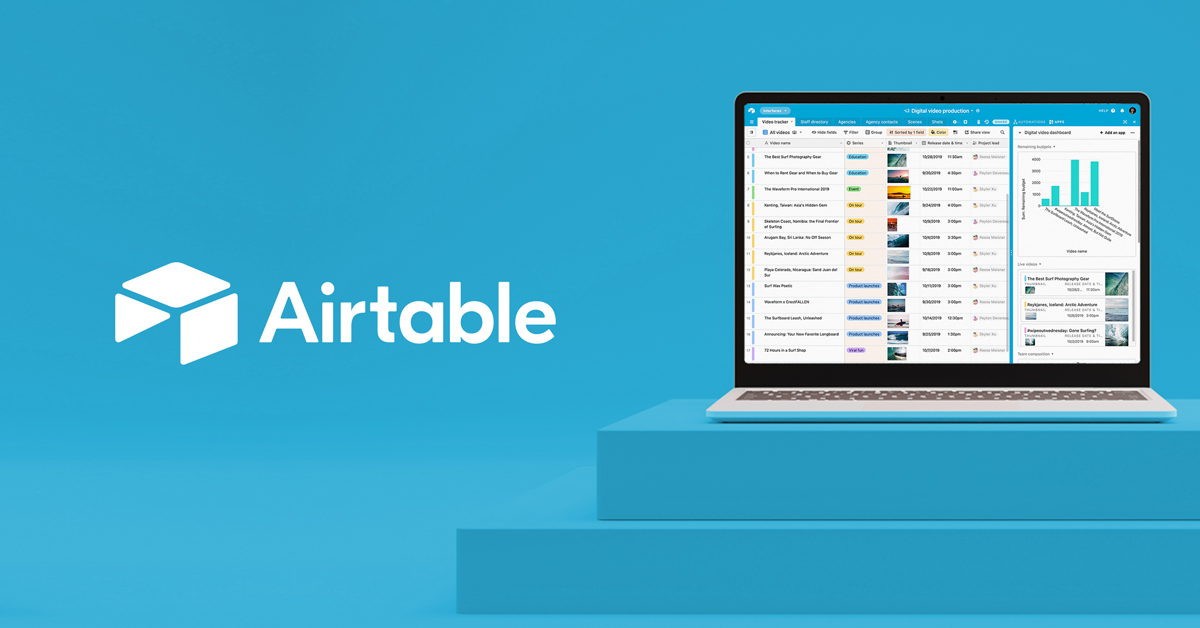 The Innovative Instructional Design (IID) team at the University of Nebraska-Lincoln provides faculty support for instruction in many forms:
The Innovative Instructional Design (IID) team at the University of Nebraska-Lincoln provides faculty support for instruction in many forms:
- Designing, developing, and delivering online, blended, and face-to-face courses
- Creating and facilitating faculty development events
- Initiating and supporting a variety of projects related to teaching and learning across the campuses
The challenge we face is gaining data-driven insight into the impact of our efforts, the needs and interests of our faculty, and how our work in changing over time. To understand these areas, we need to move beyond faculty attendance counts at events and the number of courses supported in different modes. It was a clear need for some sort of relational database. In fact, it seemed like a customer relationship management (CRM) database might be what we needed, but we were unable to locate a product that matched our needs, or what we knew of our needs, and that’s where Airtable has been fantastic.
Airtable is powerful and flexible enough that we’ve been able to begin tracking essential data even while we were still deciding what would be useful. Its easy-to-use interface has allowed the users to be the designers and the coders, which makes for rapid feature development, test, refine iterations.
Historically, when a need for a custom database makes itself known, the first step is to talk to DB architect whose first question is likely to be, “What types of data do you want to collect?”
We didn’t know. Our answer was more like, “We’re not sure. We have some we’d like to try and see if they’re useful. If they’re not, we’re going to want to change it, and we might want to change and test the same day. Are you cool with that?”
You can imagine what a highly skilled and busy database architect would think of that answer. Pile on a project manager, and a designer or two, and you’ve got one seriously expensive project underway that you cannot even be sure will work.
Instead, we hopped into Airtable and began to play, starting first with the simple questions and the data that answer them, and then gradually seeking answers to more complex questions.

In this report, we see supported courses grouped by mode and then by department, giving us insight into the changing nature of instructional design support. We can also group by designer or LMS. Different groupings answer different questions. To have these types of views only a click or two away and current to the day makes it much easier to respond to inquiries about what we do, who we help, and what kind of support we provide - a critical capability in a budget-conscious environment.
At this point in time, we can not only tell you which faculty attended which events and how many courses we helped with, but we can quickly get all sorts of summary data and have begun to glean insight into many other areas.
We now know which faculty are interested in what types of technologies and pedagogical techniques. We can do targeted invitations to events and provide customized follow-up based on faculty questions and interests. The database is helping us more effectively and efficiently reach out to our faculty and quantify the work we do.

In this screenshot, we see faculty in each department who have attended at least four faculty development programs and events. This may indicate a keen interest in pedagogy and merit a different type of support from us.
I would highly recommend Airtable for any situation where you collect a lot of data, but aren’t quite sure what you want to learn from it, or how you want to use it. Airtable makes it so easy to experiment that you will likely find yourself moving beyond your initial ideas as you get hands on and begin to see what’s possible.
In our base, we have four main tables that define our work: Faculty, Courses, Events and Programs, and Projects. Other tables provide look-up or linking information.
We are currently focusing on developing the habits of data curation among our team members. This involves meeting with each one and making sure that their needs are being met and that we are supporting their workflow – not imposing a new, onerous, way of doing things.
If you have questions about how we are using Airtable, please contact me at sbrown3@unl.edu.
For a good description of AirTable and the thought put into its design, check out this video on YouTube.
Site Section